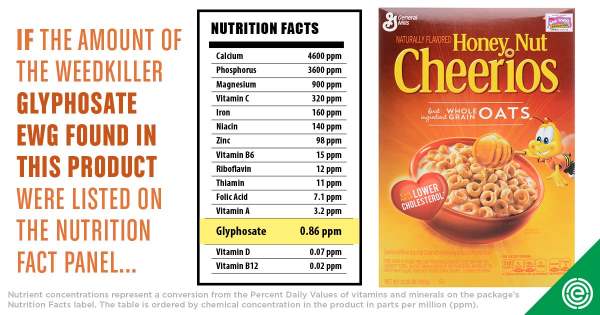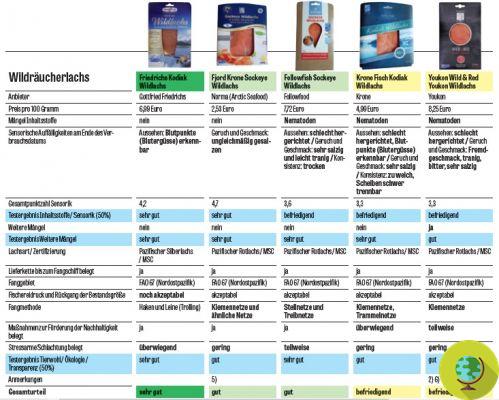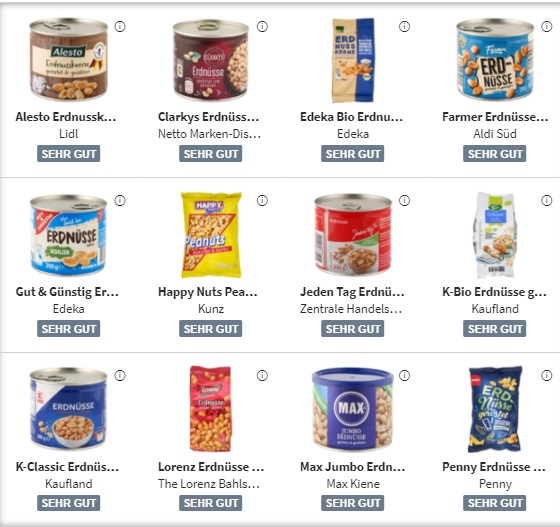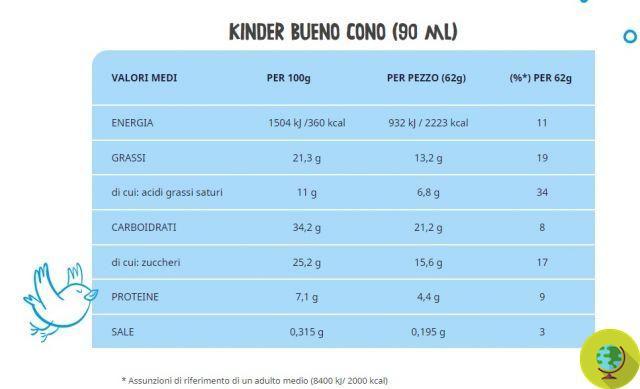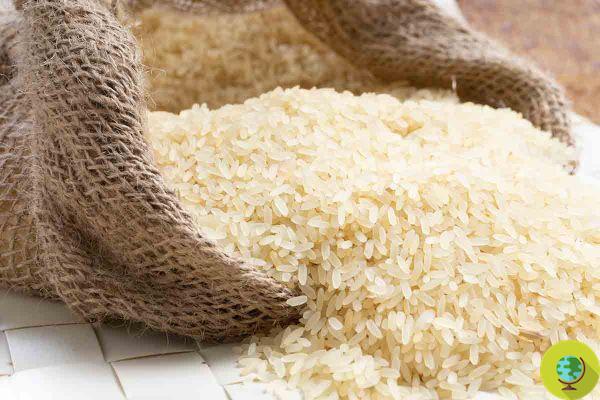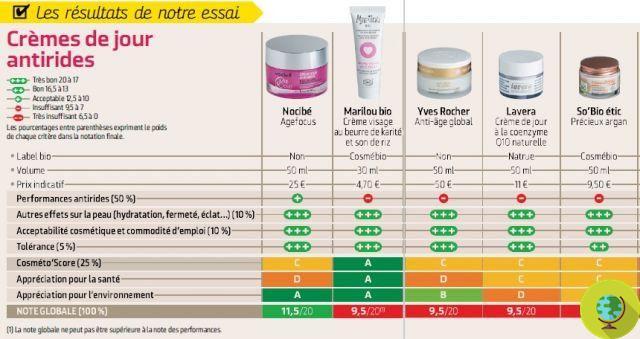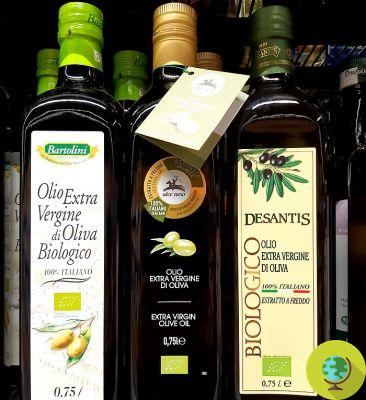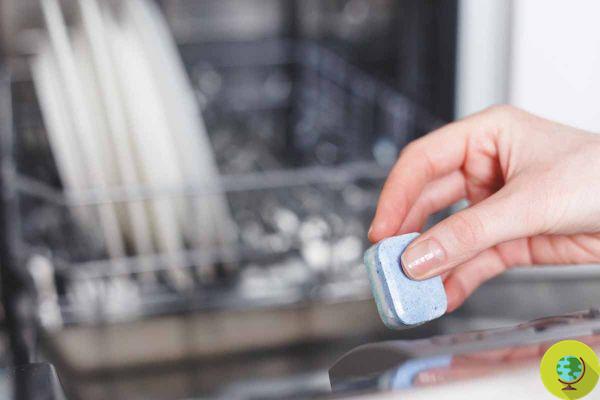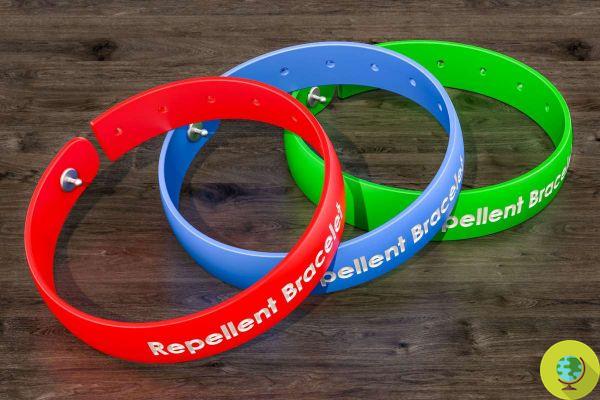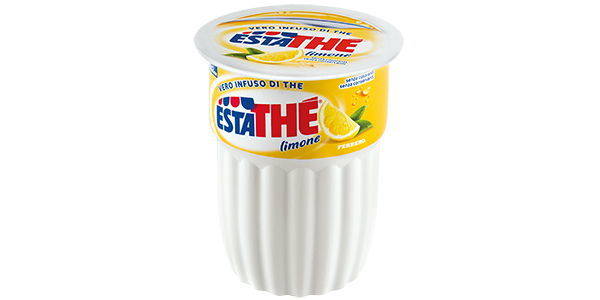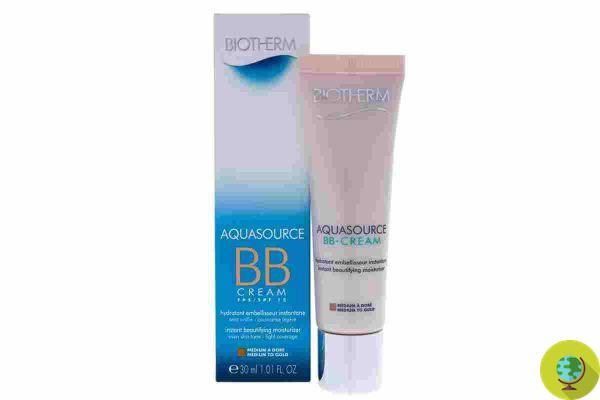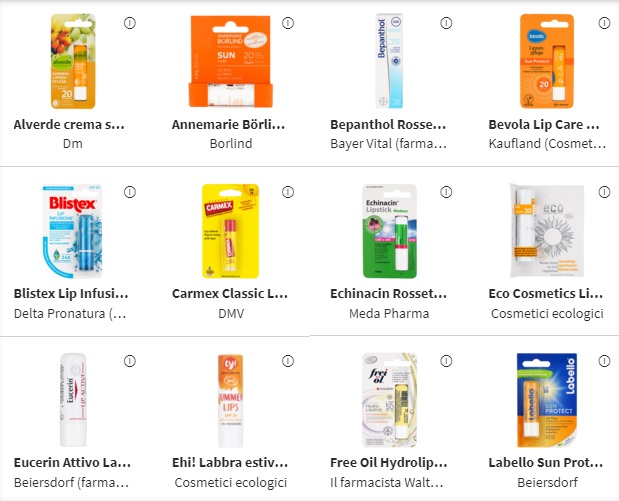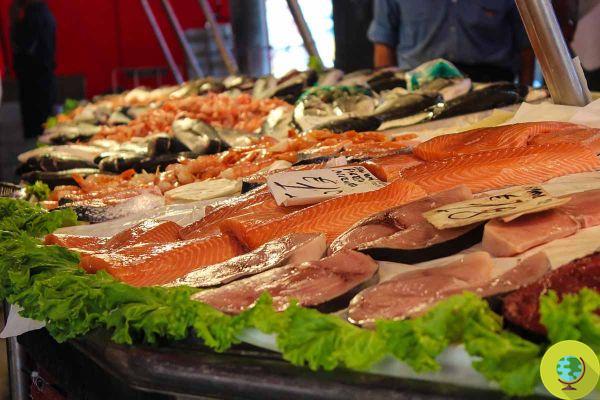
The Experimental Zooprophylactic Institute of the Venezie (IZSVe) has published a video on food fraud involving fish and shellfish
Don't store avocado like this: it's dangerousWhen we buy fish or eat it at the restaurant we should always pay some attention. It is in fact one of the products most at risk of fraud. The Experimental Zooprophylactic Institute of the Venezie (IZSVe) has created an informative video on this very topic.
Fish should always be bought from a trusted retailer. Unfortunately, food fraud involving this food is frequent. We recently told you about a maxi international kidnapping, but irregularities are not always identified, since the checks (even if conducted regularly) are obviously random. Read also: Frozen tuna and hake, the scam starts from the label. Maxi international fraud discovered by Spanish scientists
The IZSVe intervened on the subject, giving some information on the subject that all consumers should know so from be able to protect themselves better, as far as possible.
First of all, the problem of fraud in the fish sector concerns above all products arriving from Southeast Asia which can be mislabeled, in particular cephalopods but also crustaceans and fish. This situation is serious not only because perhaps one fish is "passed off" for another but also because there may be risks to the health of those who then consume it.
The label should in fact report a series of details, including allergens, toxins or degradation products (see histamine) but unfortunately when we are in the presence of a food fraud this information is omitted.
As the IZSVe explains, there are different types of food fraud that can involve fish. In particular:
- replacement of fish species
- frozen fish sold as fresh
- presence on the market of poisonous species
- wrong areas of origin
- treatments with additives prohibited by law
- presence of undeclared allergens
- presence of protected species
To avoid these risks, there are specific health authorities in charge of controls that make use of certified laboratories capable of verifying the quantitative and qualitative composition of the sampled products through complex analyzes. These are carried out both on fresh fish products and on those prepared or processed.
At a European level, explains the Experimental Zooprophylactic Institute of the Venezie, fraud is estimated to cause economic damage of up to 12 billion euros a year, but what worries the most are obviously the risks to the health of consumers.
How to protect us? First of all, let us remember to always carefully read the label of the fish we buy and since the problem of fraud mainly concerns products that come from Southeast Asia, we try to avoid them. For the rest we must necessarily rely on controls.
- Fish labels: how to read them and what to watch out for (fresh and canned)
Follow us on Telegram | Instagram | Facebook | TikTok | Youtube
Source: IZSVe
Read also:
- Shrimp meatballs… but with pork (and not a trace of shrimp). All seafood fraud
- Canned tuna and packaged fish: still too much salt and little transparency on fishing conditions
- The fraud of fresh fish: what the hidden cameras at the market reveal (VIDEO)





